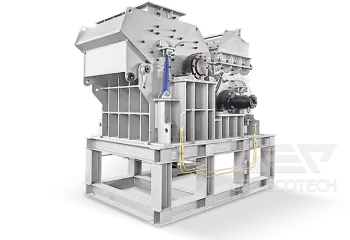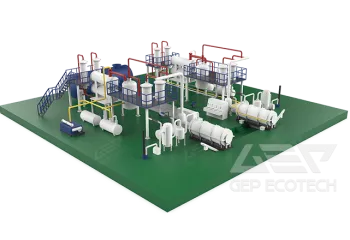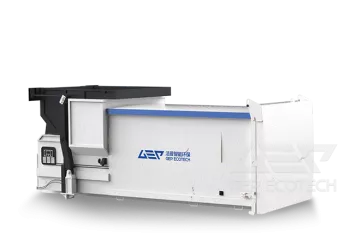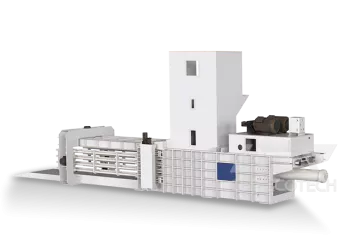Stale garbage: mainly refers to domestic waste that was previously landfilled when treatment technology was outdated. It is a type of solid waste formed after years of microbial decomposition and fermentation. This kind of waste usually has a relatively high moisture content and a relatively low organic matter content. According to We have communicated with several power plants and project sites that this type of waste cannot be dug out directly and sent for incineration because its moisture content and soil content are relatively high. If it is sent directly for incineration, the calorific value of the boiler will quickly drop below 850°C. This results in the production of toxic and harmful gases such as dioxins.
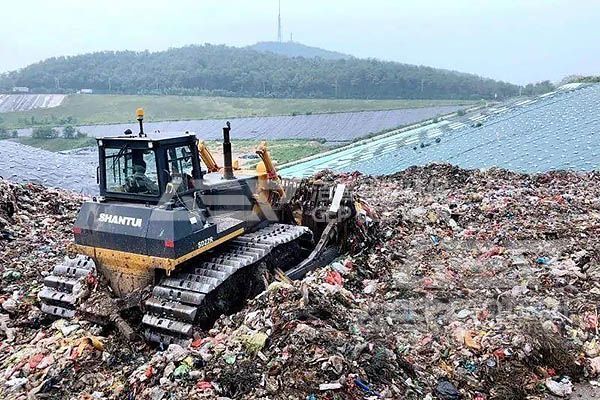
Therefore, the treatment of this kind of stale garbage must first be screened. The specific process is: transport the stale garbage to a uniform feeder through a grab machine or loader, and the uniform feeder will evenly transport the stale garbage to the drum. sieve, and then separate impurities such as dirt and stones from the old garbage through a drum screen. The dirt, impurities, etc. can be made into humus for green plants, and the metals in the remaining materials are uniformly recycled through magnetic separation equipment. The recycled materials enter the air separator, which separates the heavy materials from the stale garbage. The remaining materials are light combustible materials with higher calorific value. This type of garbage can be directly sent to the power plant for incineration.
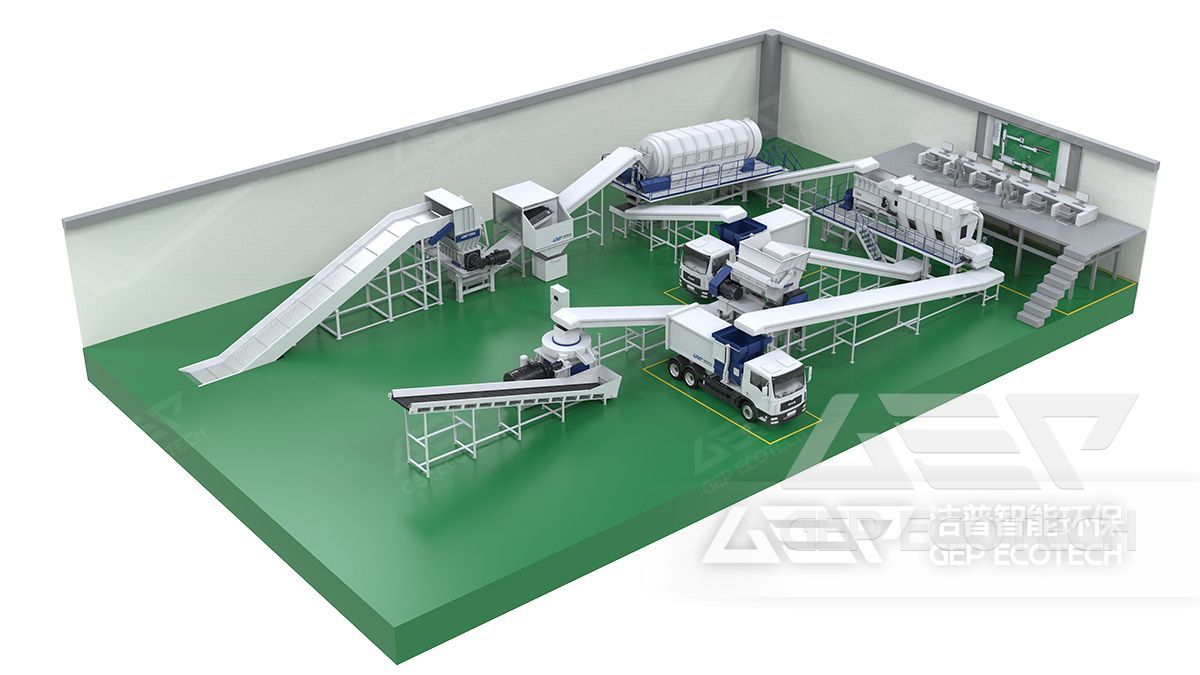
Through the treatment of stale garbage, on the one hand, the resource regeneration of garbage can be realized and the resource utilization of garbage can be completed. On the other hand, it can clarify the pollution caused by landfills to the surrounding environment, improve the local soil environment, and promote ecological protection and sustainable development of resources.


